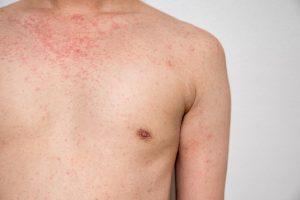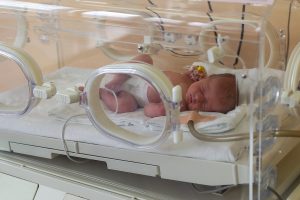Transgender and bisexual adults have rates of loneliness that are much higher than that of cisgender and heterosexual people, new data shows.
Federal health data on U.S. adults from 2022 finds the highest rates of self-reported loneliness among people who identify as bisexual (56.7%) or transgender (rates ranging from 56.4% to 63.9%), according to researchers at the U.S. Centers for Disease Control and Prevention.
That’s compared to the 30.3% of straight people who said they often felt lonely, and the 32.1% of cisgender people who said they were lonely. Cisgender people have a gender identity that corresponds with the one they were assigned at birth.
“Addressing the threat to mental health among sexual and gender minority groups should include consideration of loneliness and lack of social and emotional support,” concluded the team led by Katherine Bruss. She’s with the CDC’s National Center for Chronic Disease Prevention and Health Promotion.
As Bruss’ team noted, feeling connected to others socially brings “significant health benefits,” including “a sense of belonging, and of being cared for, valued and supported.”
On the other hand, loneliness has long been tied to ailments such as depression, anxiety, heart disease and diabetes.
Bruss’ group say there’s been a lack of data on loneliness rates among LBGTQ+ populations.
In the federal government’s Behavioral Risk Factor Surveillance System, adults were asked questions like, “How often do you feel socially isolated from others?” or “How often do you get the social and emotional support that you need?” They were also asked questions about their levels of anxiety, depression and feelings of distress.
Besides noting high rates of loneliness among bisexual and transgender people, the data showed these groups had less social support. For example, while 22.8% of straight people said they lacked sufficient social support, that number rose to 36.5% among people who identified as bisexual.
Rates of poor social support were 23.8% among cisgender people, but anywhere from 56.4% to 63.9% among transgender people, the study found.
Rates of stress, mental distress and depression were also markedly higher among bisexual or transgender people vs heterosexual/cisgender adults, the study found.
Income mattered as well: As household income declined, rates of loneliness, stress and the like ticked upwards, Bruss’ group reported.
All of these negative trends can change, however, and the researchers believe that “developing environments in communities that are safe spaces for relationship-building and support for dealing with loneliness and isolation can be beneficial.”
That includes the medical community, which people of all genders and sexualities often turn to when a mental health crisis strikes.
“The health care system, including hospital settings, outpatient clinics, emergency departments and other health-care settings, can play a role in raising awareness, promoting a welcoming environment, using gender-neutral and inclusive language, and reducing the stigma around loneliness,” Bruss’ group said.
The findings were published June 20 in the CDC journal Morbidity and Mortality Weekly Report.
More information
There’s more on resources available to LGBTQ+ people at GMHC.
SOURCE: Morbidity and Mortality Weekly Report, June 20, 2024
Copyright © 2025 HealthDay. All rights reserved.











-300x200.jpg)













